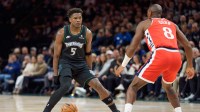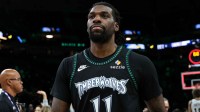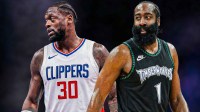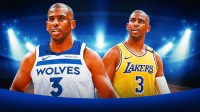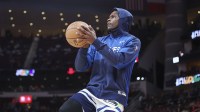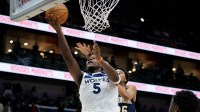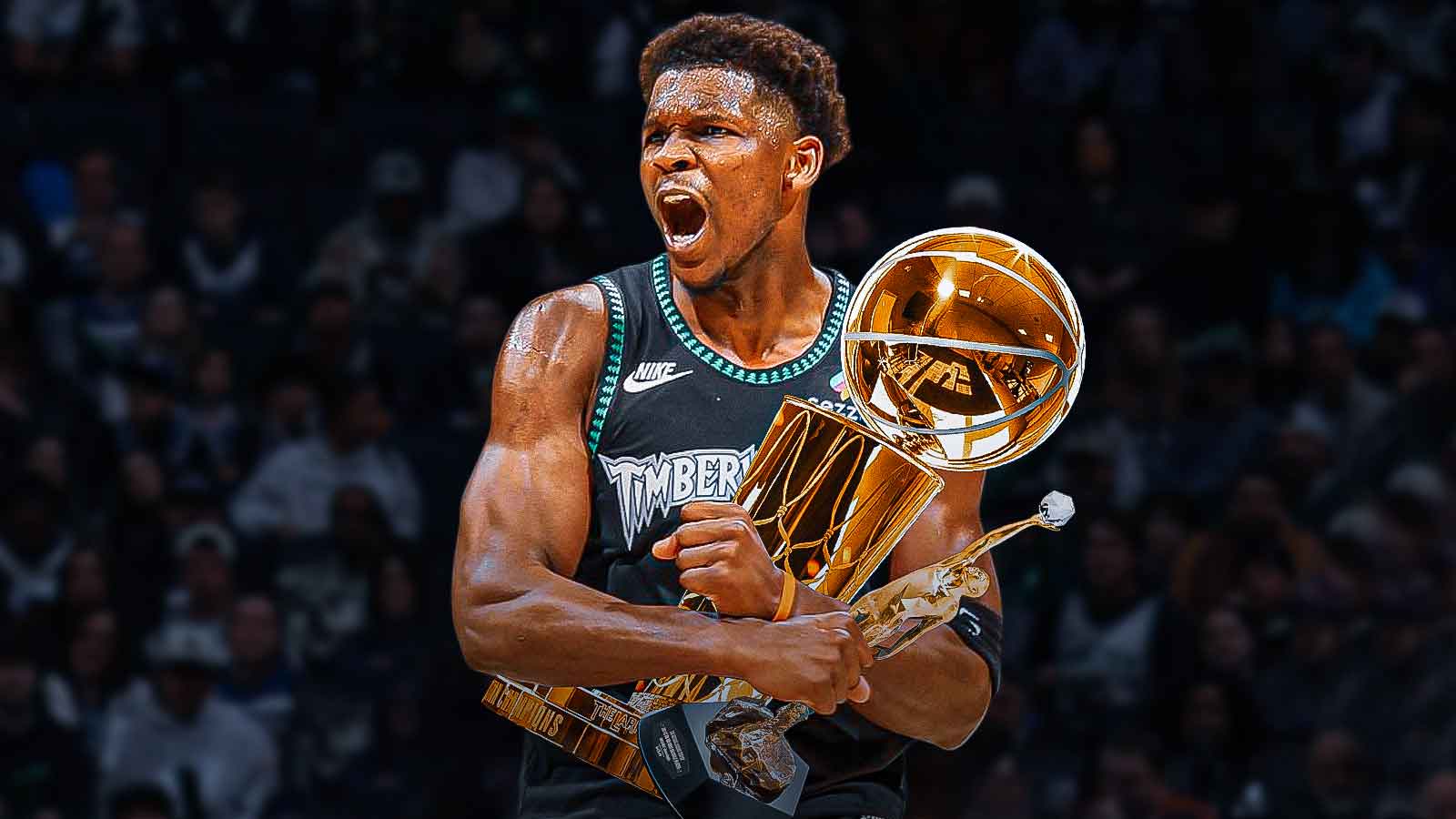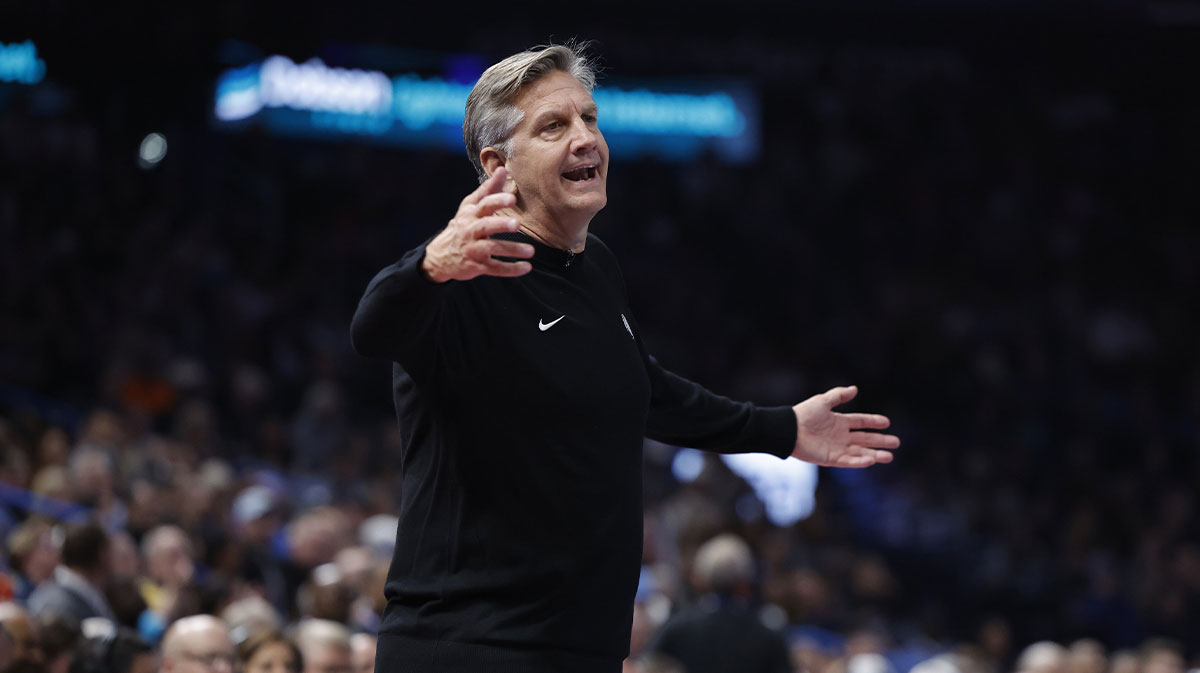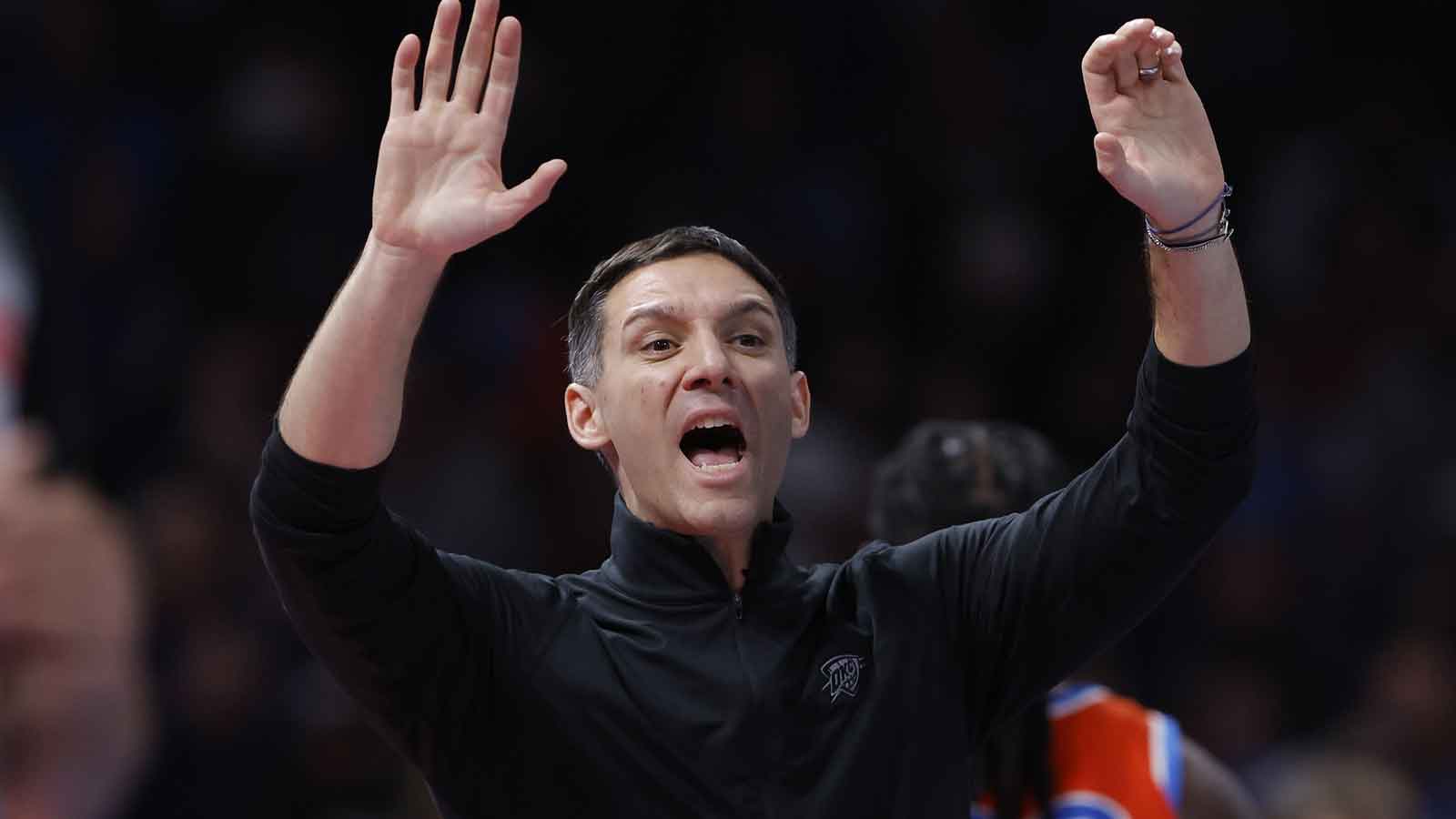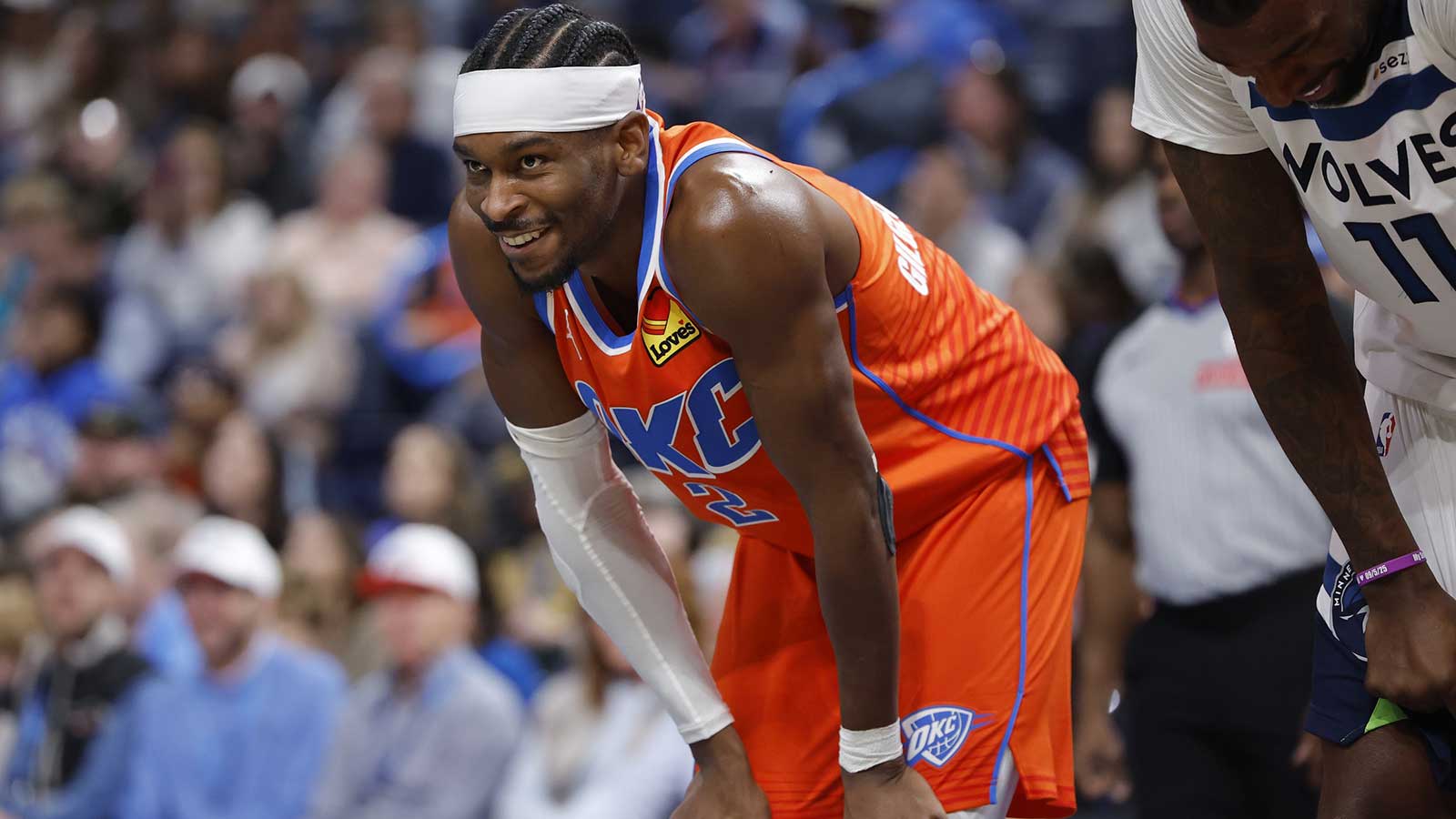Few franchises in the Western Conference have transformed their image as dramatically as the Minnesota Timberwolves. Once synonymous with mediocrity, the Wolves have now strung together back-to-back Western Conference Finals appearances and established themselves as a genuine championship contender. The days of “plucky underdog” narratives are over; this is a franchise operating with championship expectations.
Yet with expectations come new challenges, particularly in the era of the NBA’s stringent financial rules. Minnesota has already navigated one of the most delicate balancing acts of the 2025 offseason: keeping Julius Randle, Naz Reid, and Joe Ingles without triggering an untenable luxury-tax scenario. But the one glaring issue remains the same: point guard play.
With Mike Conley approaching retirement and Rob Dillingham still finding his footing at the NBA level, the Timberwolves enter the 2025–26 campaign vulnerable in their backcourt orchestration. That makes early-season roster evaluation critical. And if the Timberwolves want to shore up their title hopes, they may need to move on from certain pieces to bring in the right fit.
Below are three way-too-early trade candidates who could be moved before the deadline.
Tristen Newton: The rookie guard facing a steep climb
Tristen Newton arrived in Minnesota as a second-round flier with the kind of two-way college pedigree that piqued the Wolves’ scouting department. A champion at UConn and a proven leader, Newton offers defensive versatility and a knack for making the right play. The challenge? Cracking a deep rotation on a contending team is a different animal entirely.
As of now, Newton is buried behind Dillingham, Conley, and TSJ in the guard hierarchy. Without consistent minutes, his development will hinge on practice reps and occasional garbage-time stints. For a franchise chasing a title, that’s rarely enough to justify keeping a player who could instead be used as trade ballast.
Newton’s modest rookie-scale contract is an asset in trade talks, especially for a rebuilding team looking for low-cost young talent. The Timberwolves could package him with a future second-round pick to acquire a veteran floor general or a backup wing.
Given that Newton’s timeline doesn’t align with Minnesota’s current contention window, the front office may see him as a developmental luxury they simply can’t afford to keep if an opportunity arises to fortify their rotation. Early-season inactivity could make him one of the first names on the trade table.
Leonard Miller: The development project at a crossroads
Leonard Miller remains one of the more intriguing long-term prospects on Minnesota’s roster, a 6-10 forward with guard-like mobility, defensive switchability, and flashes of offensive creativity. But the Timberwolves’ championship window isn’t waiting for him to figure it out.
Drafted in 2023 and given time to develop in Iowa and limited NBA minutes, Miller still profiles as a raw player. His jumper remains inconsistent, his decision-making under pressure is a work in progress, and his role in a playoff rotation is unclear. With Randle and Reid entrenched in the frontcourt, Miller’s pathway to regular minutes is blocked.
Other teams, particularly those in the early stages of a rebuild, could see Miller as a buy-low candidate with significant upside. His athletic tools and defensive potential could entice a team willing to invest development time.
For Minnesota, Miller represents both a trade chip and a potential future starter, but the front office may decide that flipping him now for a more immediate contributor is the better play. If injuries or shooting woes plague the Wolves early, Miller could be part of a package to land a proven 3-and-D wing or a secondary ball handler.
Jaylen Clark: The defensive specialist in a crowded wing rotation
Jaylen Clark is the kind of player coaches love to have in practice: a relentless defender, a high motor, and an unshakable competitive streak. Coming out of UCLA with a reputation as one of college basketball’s best perimeter stoppers, Clark was expected to carve out a niche as a defensive tone-setter for Minnesota’s second unit.
The challenge is that the Wolves are already stacked with defensive-minded wings. Jaden McDaniels and Joe Ingles all occupy similar roles while offering more polished offensive games. With Edwards playing heavy minutes and Randle shifting lineups toward smaller, switchable looks, Clark’s opportunities to see the floor in meaningful moments are scarce.
Clark is still developing his three-point shot and offensive playmaking, which limits his playoff utility for a contender that can’t afford offensive liabilities in a tight series. His rookie-scale contract makes him an attractive low-cost asset for teams looking to add perimeter defense without committing major cap space.
From Minnesota’s perspective, moving Clark in a package could help address more pressing needs, especially a steady point guard or a knockdown shooter. The Timberwolves’ wing depth allows them to deal from a position of strength, and Clark’s defensive upside could be far more valuable to a rebuilding franchise than to a team chasing a title right now.
The bigger picture
The Wolves’ depth and continuity have carried them to consecutive deep playoff runs, but championship contention often demands in-season adjustments. The NBA landscape shifts quickly: a slow start, a sudden injury, or a rival’s big trade can force a contender’s hand.
Jaylen Clark, Tristen Newton, and Leonard Miller represent three different types of trade chips: the proven but imperfect, the untested rookie, and the raw developmental forward. Moving any of them could help Minnesota address its two biggest concerns: point guard stability and reliable shooting.
With the West as stacked as ever, the Nuggets still formidable, the Thunder ascending, and the Warriors and Clippers chasing one last run, the Timberwolves can’t afford complacency. A smart, timely trade could be the difference between another Western Conference Finals appearance and the heartbreak of an early exit.
If Minnesota is bold enough to make that move early, the 2025–26 season might just be their best shot at bringing a championship to the Twin Cities.


